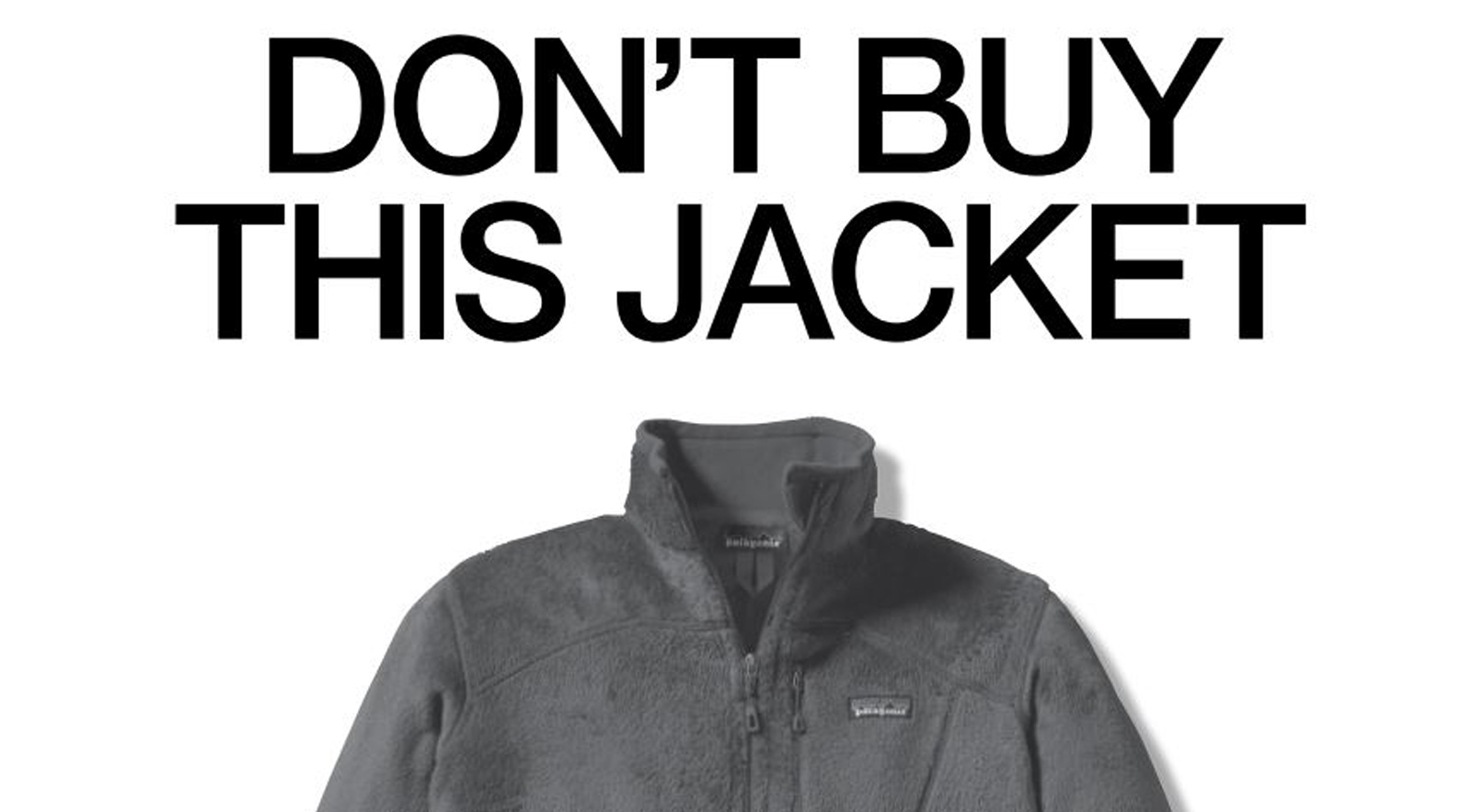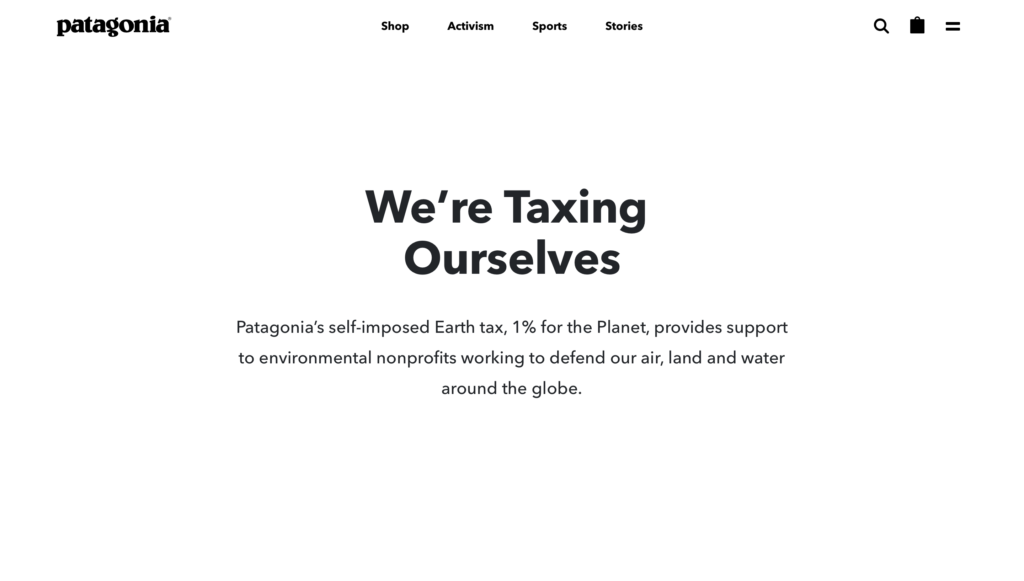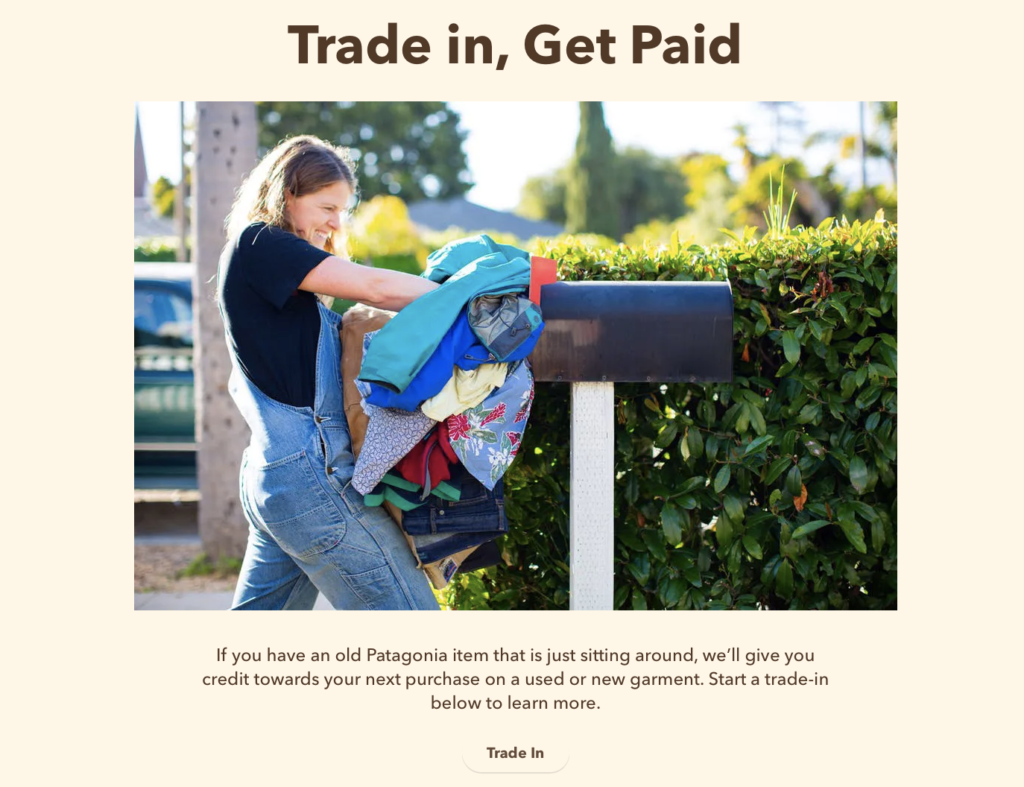
(Patagonia, 2011).
In 2011, Patagonia, an outdoor clothing company founded by Yvon Chouinard in 1973, launched a head turning advert in The New York Times telling their consumers and the general public “Don’t Buy This Jacket”, followed with the Common Threads Initiative of reduce, repair, reuse, recycle. The brand hoped the headline alone would be enough for someone to read the entire ad (Patagonia, 2011).
Patagonia explained it was time for them to address the issues of consumerism direct, wanting their customers to lighten the environmental footprint by not buying as much new clothing, stating that companies need to make the effort to produce fewer longer lasting clothing of higher quality. “Customers need to think twice before they buy” (Patagonia, 2011).
The outdoor brand said they chose The New York Times as they feel it’s the most important national newspaper. They chose to run the ad over Black Friday which signifies the start of retail in the holiday season. Patagonia said “we should be the only retailer in the country asking people to buy less on Black Friday.” (Patagonia, 2011).
Reasoning behind this ad can be seen from different perspectives, I see this as an outdoor company that want to make a change to the world and be the brand that influence others to do the same. When discussing the reasoning behind this advert, Patagonia explained every garment they produce steals a piece from the earth that we’ll never be able to give back, every piece of clothing produced by the brand emits several times its weight in greenhouse gases, draws down numerous amounts of freshwater and generates at least another half garment’s worth of scrap, all of these elements happen regardless, even if the garment is organic or uses recycled materials (Patagonia, 2011).

Patagonia aimed to work hard for an environmental change, launching their own environmental activism section on their website featuring their pledges, other activists stories on environmental impact and sections on how their consumers can do their part. One of the key pledges I saw on their activism page was the self-imposed Earth tax, 1% for the Planet, providing support to environmental nonprofits working hard to defend the planet. They also mentioned how their Global Sport Activists are using their roles in the sporting community to speak out on positive social and environment change. Furthermore, Patagonia connected with environmental groups to take action on ongoing issues in society, helping the general public discover events, petitions and volunteering opportunities, whilst also providing links to donate money to local causes (Patagonia, n.d.).
Whilst they wanted this ad to show the important changes that need to happen for a greener environment, they needed to explain why they told customers not to buy their products, as it would be hypocritical to advocate for environmental change without taking part themselves. Patagonia insist that to make these changes, customers must reduce their consumption whilst allowing the brand to do the important step of making garments in more environmentally sensitive and less harmful ways. Patagonia said “On the other hand, it’s folly to assume that a healthy economy can be based on buying and selling more and more things people don’t need – and it’s time for people who believe that’s folly to say so.” (Patagonia, 2011)
In 2011 at the launch of this ad, the brand understood they were still a growing business and wanted to stay high up in the outdoor and sport community. Patagonia discussed the test of their sincerity or hypocrisy will be built upon how useful their products are in terms of sustainability and multifunctional. The brand admitted that they were “not yet entirely there” and that not all of their products meets this criteria yet, however explaining that their Common Threads Initiative served as framework for their future goals for a more sustainable future (Patagonia, 2011).

Finally, Patagonia launched a site ‘Worn Wear’, selling all worn and donated clothing made by themselves, asking customers to repair, share and recycle to extend the life of their gear, whilst also credit towards the next purchase on a used or new garment (Patagonia, WornWear, n.d.).
“One of the most responsible things we can do as a company is make high-quality stuff that lasts for years, so you don’t have to buy more of it.
Buying used extends a garment’s life by about two years, which cuts its combined carbon, waste, and water footprint by 82%.” (Patagonia, WornWear, n.d.).
Bibliography
Patagonia, WornWear, n.d.. Worn Wear is Patagonia’s hub for keeping gear in play.. [Online]
Available at: https://wornwear.patagonia.com
[Accessed 28 April 2021].
Patagonia, 2011. Don’t Buy This Jacket, Black Friday and the New York Times. [Online]
Available at: https://eu.patagonia.com/gb/en/stories/dont-buy-this-jacket-black-friday-and-the-new-york-times/story-18615.html
[Accessed 28 April 2021].
Patagonia, n.d.. Environmental Activism. [Online]
Available at: https://www.patagonia.com/activism/
[Accessed 28 April 2021].